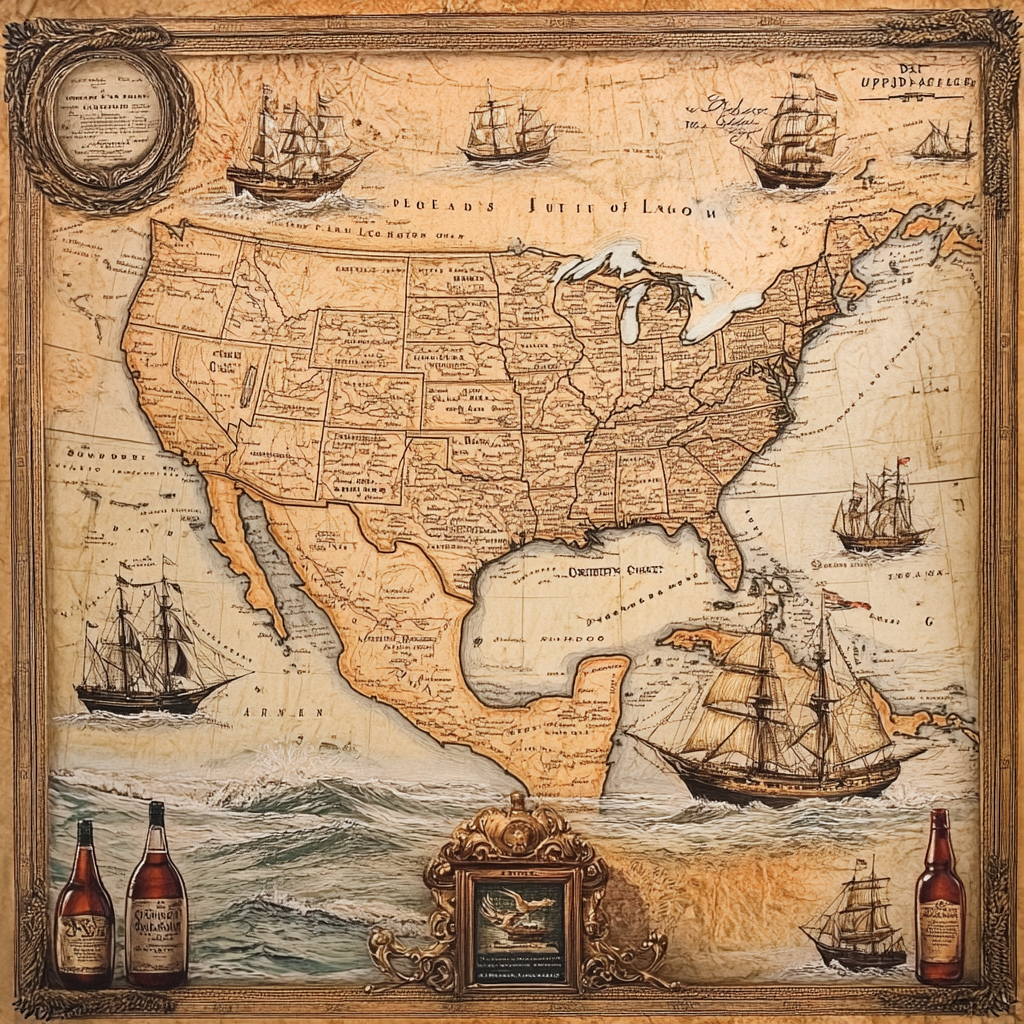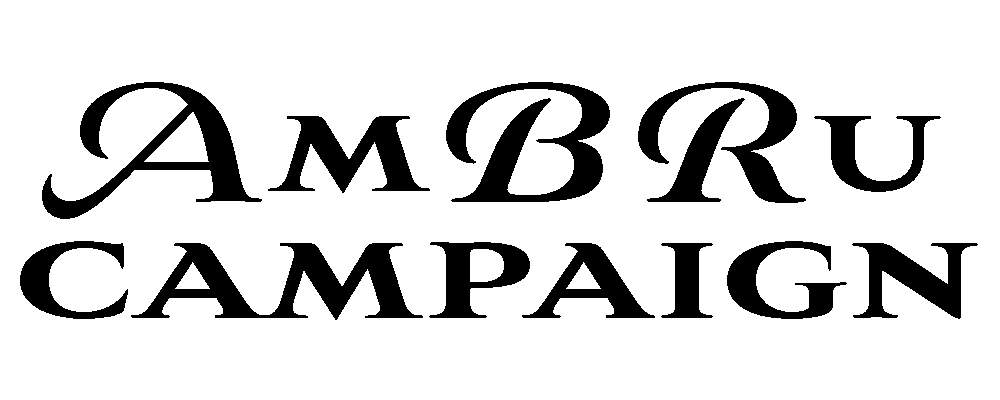
While the East Coast pioneered American brandy, the spirit’s journey stretched beyond, from Georgia’s experimental twists to the West Coast’s late bloom. This piece explores these lesser-known chapters, highlighting innovation and regional flair.
Beyond the East Coast: Brandy’s Broader American Story
Georgia’s Unique Contribution: Corn Stalk Brandy
Georgia carved its own brandy path. In 1734, Salzburger emigrants settled the colony, and by 1749—despite its “dry” status—they distilled a crude brandy from corn stalks. Lutheran pastor Samuel Urlsperger recorded this “potent brandy” from Indian corn, a North American first. With sugar content rivaling sugarcane (8–20 brix), corn stalks proved a clever base. Prohibition lifted in 1742, but this early effort showcased the East Coast’s inventive spirit. By the mid-19th century, Georgia emerged as a grape powerhouse, its muscadine and scuppernong vines yielding wine and brandy, thriving in the region’s warm, fertile soil.
West Coast Awakening: Spanish Roots
The West Coast joined later, its brandy story tied to Spanish influence. In 1524, Hernán Cortés planted grapevines in New Spain (Mexico), followed by missionary efforts near Sonora by 1560. In 1769, Father Junípero Serra founded California’s first vineyard at Mission San Diego. By the 1770s, missions from San Diego to Sonoma produced wine, with brandy—known as “aguardiente de vino”—distilled by the 1790s. This marked the West Coast’s quiet entry into the brandy narrative.
A National Spirit Evolves
Brandy’s American arc widened in the 19th century. Georgia’s 1850s grape boom added muscadine brandy to the mix, while its 1749 corn stalk experiment lingered as a footnote. In 1894, Milwaukee ignited a brandy craze after the World’s Columbian Exposition showcased California brandy. German immigrants there swapped whiskey for brandy in cocktails like the “Brandy Old Fashioned,” cementing its cultural foothold. From East Coast defiance to West Coast missions, brandy’s durability—unlike fleeting cider or wine—made it a trade staple and a symbol of American ingenuity.
Today’s US Brandy Market: Cognac and a Premium Shift
Today’s US Brandy Market: Calvados and Cocktail Revival
In 2025, total US brandy consumption, including imports like Cognac and Calvados (apple brandy), is projected to surpass 300 million liters, up from 267 million in 2020, fueled by a cocktail renaissance. Domestic US brandy thrives in off-premise sales (73.9% in 2023) and e-commerce, contrasting with Cognac’s 90%+ share of France’s brandy exports and Calvados’ niche appeal—US imports of Calvados doubled to ~500,000 liters in 2022, per IDAC’s 70% growth trend. While Cognac leads cocktail culture with its premium cachet, Calvados, with under 1% of French brandy exports, captivates craft enthusiasts. US brandy’s versatility—rivaling Cognac’s mixology legacy and Calvados’ artisanal rarity—has made it a staple in bars and homes, blending tradition with modern innovation.
From East Coast defiance to West Coast missions, brandy’s durability—unlike fleeting cider or wine—made it a trade staple and a symbol of American ingenuity.
